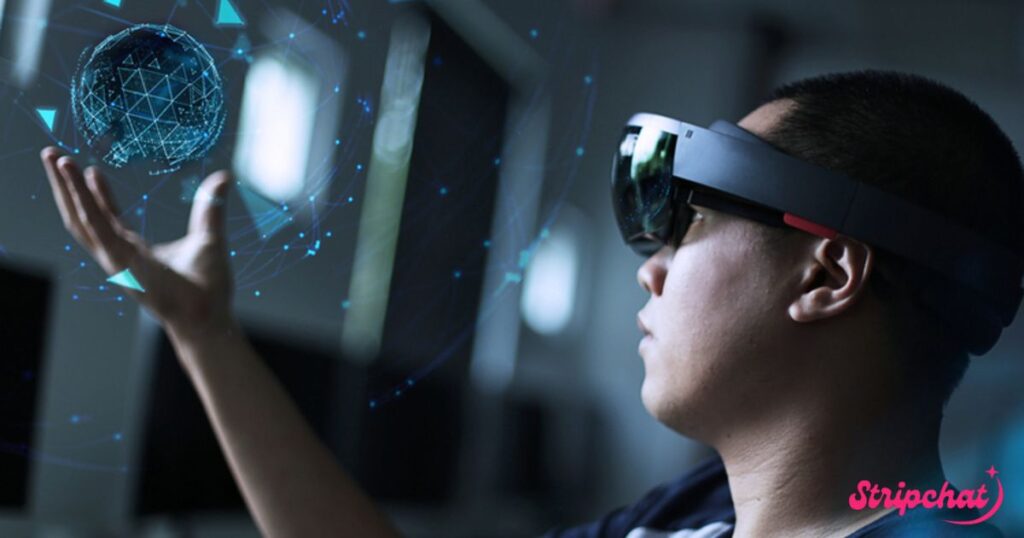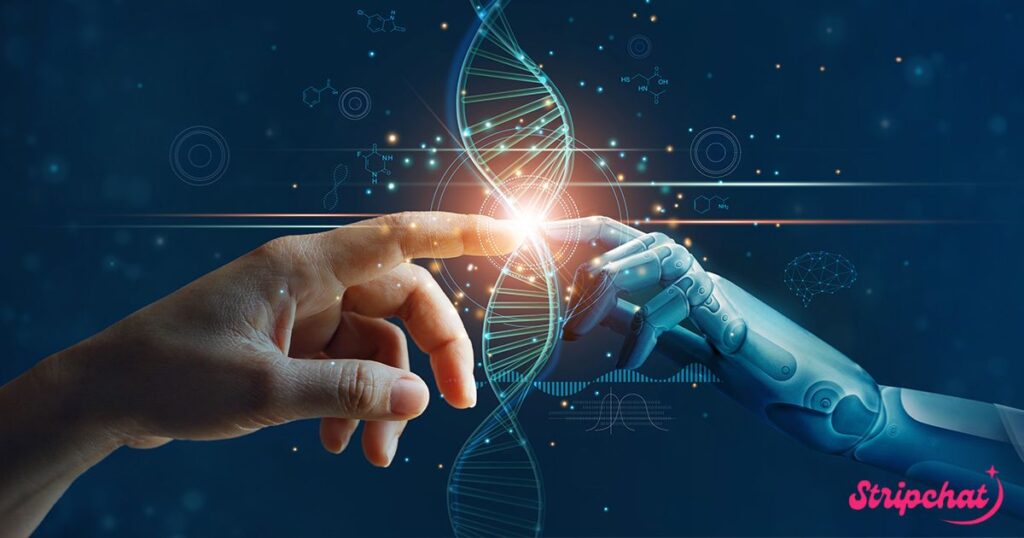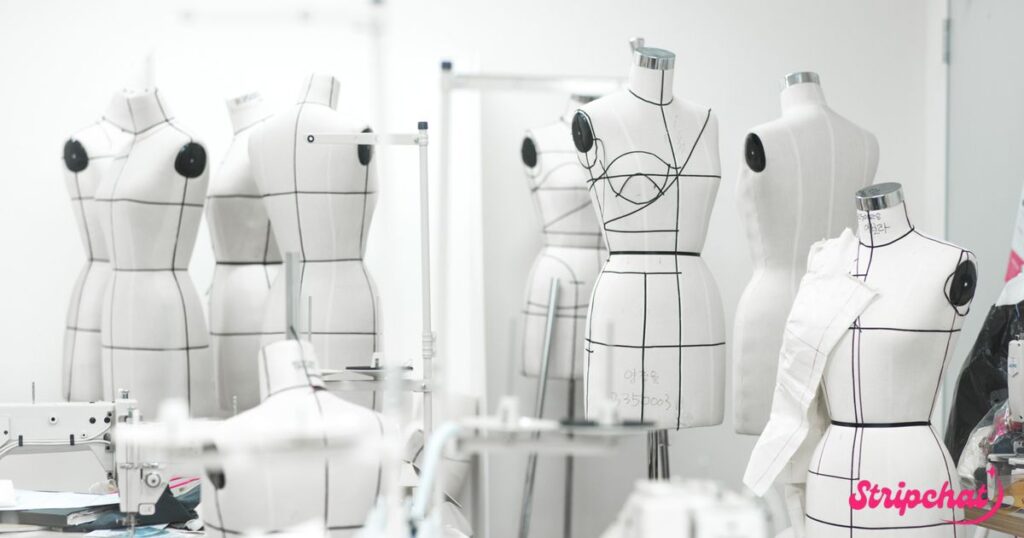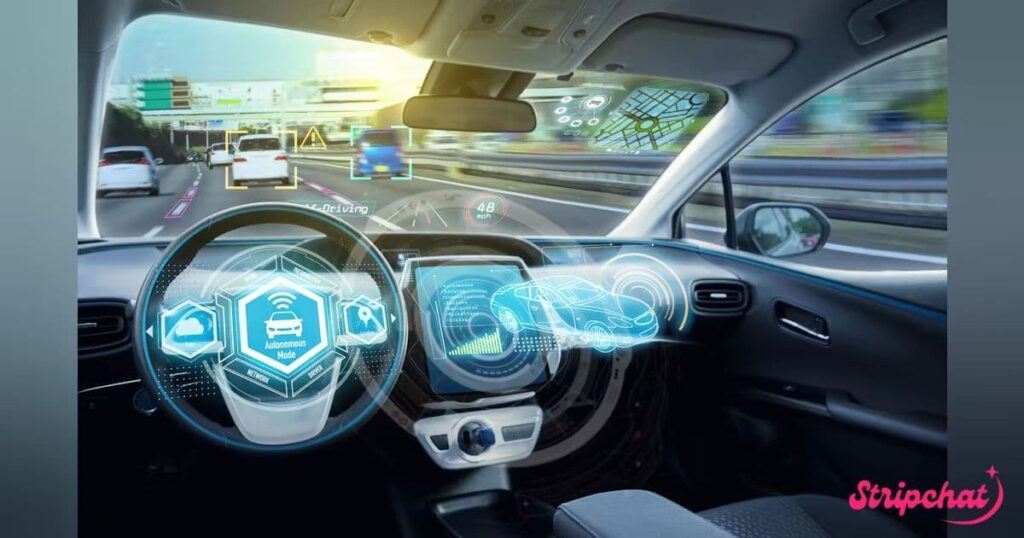Today’s world is changing fast, due in large part to the influence of technology on virtually all aspects of creation, innovation and design.
The latest in advanced design tools and methodologies that are transforming industries from Design Technologies. They offer state of the art solutions as to how design can be fast, efficient and innovative. In this article we will see how super-advanced design technologies are transforming the face of design such as AI-driven innovations and Cloud Based collaborations.
Understanding Design Technologies Ultra
Design Technologies Ultra is a combination of cutting-edge tools that combine artificial intelligence, cloud computing and automation to remove friction from the design process.
These technologies allow designers to design more accurate and detailed projects in addition to reducing errors and production times.
The Key Features of Ultra Design Technologies

- Artificial Intelligence (AI) Integration: AI is now deeply embedded in design tools, allowing for faster processing, automated solutions, and creative suggestions.
- Cloud-Based Design Tools: Cloud computing allows designers to work from anywhere, collaborate in real-time, and access powerful software without hardware limitations.
The Evolution of Design Technologies with AI
AI or Artificial Intelligence has changed the very face of designing by providing us with a series of tools that can deliver recommendations, automate tasks and crunch data in ways which humans cannot.
This can include predicting design trends to offering layout suggestions and even automating iterative tasks like resizing images or implementing layouts. It enables designers to focus on creative and higher-level thinking in a speedier way.
John Bennett’s Journey in Product Design
“When we integrated Design Technologies Ultra into our product development, we saw immediate improvements. The tools not only helped us design better but also allowed us to quickly adjust designs based on real-world feedback, making the process more agile.”
Cloud-Based Design Tools: The Game-Changer

With the advent of cloud technology, designers are able to work with each other over a distance, open their projects on any device and use powerful software without requiring high-end hardware.
Adobe Creative Cloud and Figma allow designers to work on projects in real-time, send updates instantly and maintain version control easily. It greatly simplifies the management of large files and enables global collaboration.
The Role of 3D Printing in Ultra Design Technologies
Industries manufacturing, architecture, fashion etc. have been experimenting with design in new ways because of 3D printing. With the ability to enable designers to prototype physical parts from digital models, it will significantly contribute to shorter product development times and cost savings via 3D printing.
Industries such as these are particularly well-suited to the benefits of this technology, where rapid prototyping can be used to test product functionality prior to going into production.
Augmented Reality (AR) in Design Technologies Ultra

One of the most powerful features in the design toolkit is augmented reality (AR), which enables creators to see and experience their designs in a real-world setting before construction even begins.
The technology can bring buildings to life before they are even built, providing both architects and clients with a taste of what to expect once development starts.
Example Case Study: Airbus and Augmented Reality
Examples such as this case study go to show how Ultra design technologies especially AR and cloud-based tools can change traditional models in manufacturing.
Company Name: Airbus
Technology Used: Augmented Reality (AR) in Aircraft Manufacturing.
Overview: AR was used by Airbus in their design and manufacturing with the aim of increasing precision and collaboration. For a more efficient performance, workers could have been able to visualize the sequence of components using the AR system.
Key Outcomes:
- Reduced production time by 30%.
- Enhanced collaboration across different teams and sites.
- Minimized costly design mistakes by identifying issues early in the process.
Sustainable Design and Technologies Ultra

Modern design is turning to sustainability as a central focus and ultra-technologies are playing an important part in this transition.
Digital prototyping, simulation and material optimization tools is minimizing waste and driving the sustainability force. These and other materials allow designers to model products and structures in digital platforms using low cost and eco-friendly materials.
Sarah Johnson Shares Her Experience with Ultra Design Tools
“The integration of augmented reality and AI into our design workflows has completely revolutionized how we visualize and optimize building plans. We’re now able to simulate environmental impacts in real time, improving sustainability across projects.”
Virtual Reality (VR) and Immersive Design Experiences
Virtual reality (VR) completely changes the way designers think about design visualization. Architects can walk through buildings using lighting design tools before they are built.
While product designers can check the ergonomics of their models live. Developing in this way allows for the team to refine their designs better and have a higher overall end product.
Big Data’s Influence on Design Technologies Ultra

Big Data now is used as the basis of many design decisions and this is even more true in consumer product industries.
Through trend studies, understanding user behavior and market requirements, designers can offer products that are assertive to the consumer.
It also helps them in creating design for the people they are designed for, making a perfect partnership between what is needed and what intended to be created.
The Significance of UX/UI in Design Technologies Ultra
User experience (UX) and user interface (UI) design have become essential components of product development.
Tools like Sketch and Adobe XD streamline the creation of intuitive, user-friendly interfaces that improve customer satisfaction. Focusing on UX/UI design ensures that products are not only aesthetically pleasing but also practical and easy to use.
Robotic Design Assistance in Modern Technologies
Robots are now being used in fields like architecture and manufacturing to assist with complex design tasks. These machines can perform precise, repetitive tasks that would be difficult for humans.
Robotic design assistance reduces the risk of human error and increases production speed, making it a valuable tool in ultra-modern design technologies.
How Emma Lee Transformed Client Projects Using Ultra Design Technologies
“Using Ultra Design technologies, I was able to visualize 3D elements and interactions in ways I couldn’t before. This has completely elevated my approach to client projects, allowing me to deliver faster with higher precision.”
Challenges in Implementing Design Technologies Ultra

While these tools offer many benefits, there are also challenges in their implementation.
The steep learning curve for some of these advanced technologies can slow down adoption, particularly for smaller companies.
The cost of high-end design software and hardware can be prohibitive, making it difficult for all businesses to access these tools.
Advantages of Design Technologies Ultra
- Higher Precision: AI and robotic tools minimize human errors in design.
- Faster Workflows: Automation and cloud-based collaboration reduce the time needed to complete design projects.
- Cost Savings: Digital prototyping and virtual testing lower material waste and production costs.
The Future of Design Technologies Ultra
AI, cloud computing and automation will continue to evolve the landscape of design technologies in the future. The design becomes democratic for all the industries where over time these technologies will become friendlier.
We envision tools of the future to be centered around collaboration, sustainability and even more seamless integration with virtual realities as reverberation effects the possibilities.
Ultra-Design Technologies in Fashion Design

Ultra-design is revolutionizing ideal creativity by including that as patent AI technology in the prediction of schemes and autonomous designs to pattern recommendations, all powered by tools.
Designers can create virtual fitting rooms or 3D models to produce and visualize their design without using any physical material. This technology aids in the generation of sustainable fashion practices and production cycles.
How Ultra Design is Transforming Marketing and Advertising?
In marketing and advertising, ultra-design technologies are transforming how brands engage with their audiences. AI-driven tools can create personalized advertisements, while AR allows consumers to interact with products before purchasing.
This level of engagement ensures that marketing campaigns are more effective, leading to higher conversion rates and customer satisfaction.
How Ultra Design is Transforming Marketing and Advertising?
Heavy design technologies are the sizes of what is happening in marketing and advertising, and how brands can efficiently interact with their audience.
On the other hand, AI-based tools can design custom-made ads and with AR, customers will be able to enjoy and so they buy. It makes the marketing campaigns more effective and profitable which engenders higher conversion rates in turn, customer satisfaction is achieved.
5 Ways Tesla Makes Advanced Design Technologies Work for It

1. 3D Modeling and Prototyping
Designed with a tool like CATIA, advanced software for 3D modeling that allows Tesla to make changes in the design quickly and accurately. Resulting in fewer physical prototypes and therefore, less time and money spent.
2. Focus on Sustainability
The company also incorporates recycled materials into its vehicles–reclaimed plastics in interior surfaces, for instance. Then you can undoubtedly brag about this feature lightly as it not only will attract the attention of eco-conscious customers, but will highlight your efforts to minimize environmental impact.
3. Automation in Manufacturing
Production efficiency is enhanced by automated systems and robotics at their Gigafactory’s. The technology is designed to help Tesla rapidly scale production while maintaining consistent quality.
4. Enhancing User Experience
Tesla’s Autopilot among the standards of user-centric design Via analysis of real-world driving data, Tesla gradually improves these features and functionality to enhance the customer experience.
5. Data-Driven Design Decisions
Tesla follows customer input and data, including performance metrics to help guide design and changes. This enables the business to be able to meet new demands in the market quickly and support on-going improvement of its products.
FAQ’s
How does Design Technologies Ultra impact product development?
It accelerates product development by improving collaboration, reducing errors, and streamlining workflows through integrated design tools.
What industries benefit from Design Technologies Ultra?
Industries such as automotive, aerospace, architecture, and consumer electronics significantly benefit from these advanced design technologies.
What role does automation play in Design Technologies Ultra?
Automation enhances precision and speed in design processes, allowing for more complex and efficient product designs.
How can companies implement Design Technologies Ultra?
Companies can implement these technologies by investing in advanced software tools, training staff, and fostering a culture of innovation.
Conclusion
The Ultra in Design Technologies Ultra is not just a brand name but also signifies the ultramodern approach, which does not mean that everything done by it can be automated. It also means streamlining the process and infusing creativity.
These can be tools that give a new lease of life to industrial design processes, paving the way for more sustainable, user-friendly and future-proof products. As AI and cloud-based platforms grow even more sophisticated, the doors for innovation can only open wider.


